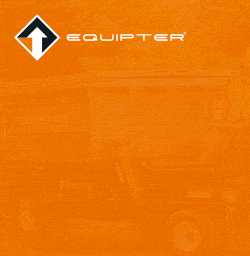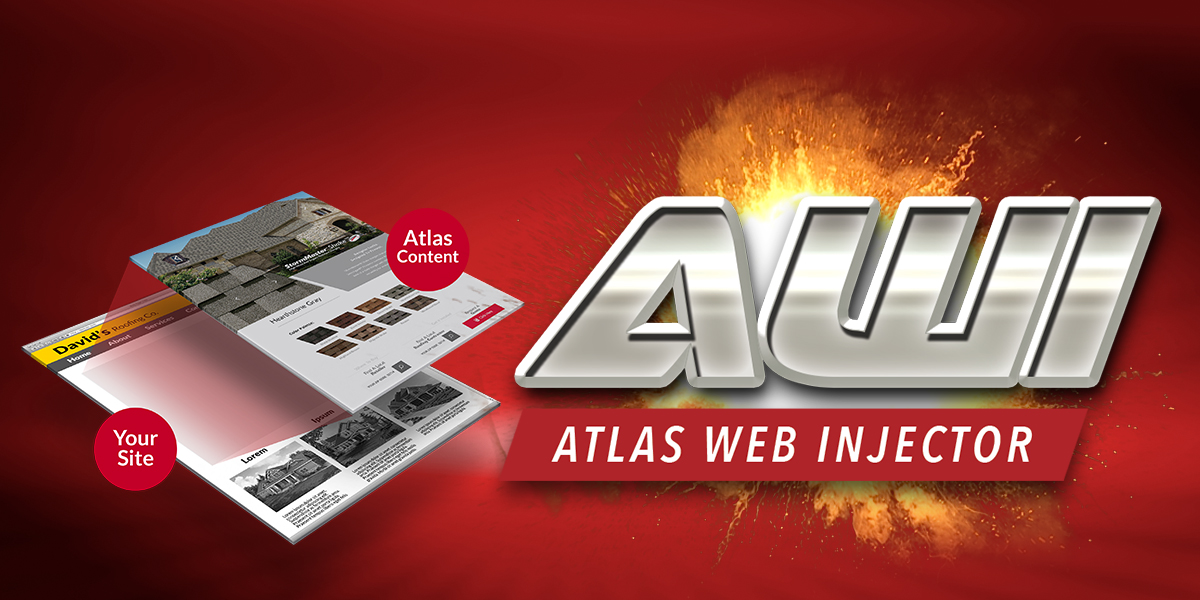Vapor Retarders vs. Air Barriers

By Sarah Smith, JobNimbus.
There is often confusion when telling the difference between vapor retarders and air barriers.
Vapor retarders restrict water vapor through the building envelope by diffusion and prevent condensation. Air barriers are used to stop air leakage through the building envelope. Some materials can be used to perform both functions but should be considered as individual pieces.
It is most important to select the right vapor and air barrier materials as well as install them correctly for the best results. Using the two barriers isn’t a new practice. When properly installed, the two barriers provide several benefits to your home and can save you energy. To help you understand the two better and why you need them, here are a few differences between vapor retarders and air barriers:
Vapor Retarders
A wall system should have one vapor retarder. This can act as an effective air barrier; however, an air barrier shouldn’t always stop vapor from diffusing. Vapor barriers should hold heat inside while preventing humid air from leaving its moisture as it meets a cool wall. On the other hand, an air barrier should allow moisture to diffuse through and stop air movement from taking away the heat.
Water vapor is found in the space between molecules where warm air expands. As the warm air cools, molecules shrink, and it forms condensation. To prevent condensation from happening inside your walls, a vapor retarder should be placed on in your wall’s insulation. You would place the vapor retarder on whichever side of the insulation depending on the direction that humid air is traveling. Water vapor travels between different zones of air vapor pressure, like the inside or outside of a home. If it is hot outside, place the vapor retarder on the outside of your insulation. If it’s cold outside, place the vapor retarder inside the insulation.
Air Barriers
An air barrier is not just one material, it is a combination of materials that work together as a system to prevent air leakage. Air leakage is a problem due to the differences in air pressure from the inside and outside of a home. Leaky air barriers bring moisture inside the home and change the indoor climate. This can result in increased energy to control the temperature. Ineffective air barriers can also cause damage to a building’s roof or walls.
A building can never be too airtight. An air barrier’s purpose is to continually stop airflow from moving through the home. An effective air barrier will keep the outdoor air out and the indoor air in. It should also meet permeability requirements, withstand stresses applied against it, and fit in dimensional changes. Holes and penetrations, even small ones, can affect your air barrier. Air pressure can move through the walls and cause condensation. Check for openings on the inside and outside of your building due to poor installation, poor design, damage, age or other before installing an air barrier.
If you are in the roofing industry, the most important thing you can do before installing a vapor retarder or air barrier is to fully develop the concept and plan your project out. JobNimbus project management software can help you and your team execute your project, making tasks and goals easier to accomplish.
Learn More About JobNimbus Roofing Software
Read, Listen or Watch on demand to learn more about starting to use software automation and how you can leverage technology to improve your business.
Original article source: JobNimbus






















Comments
Leave a Reply
Have an account? Login to leave a comment!
Sign In